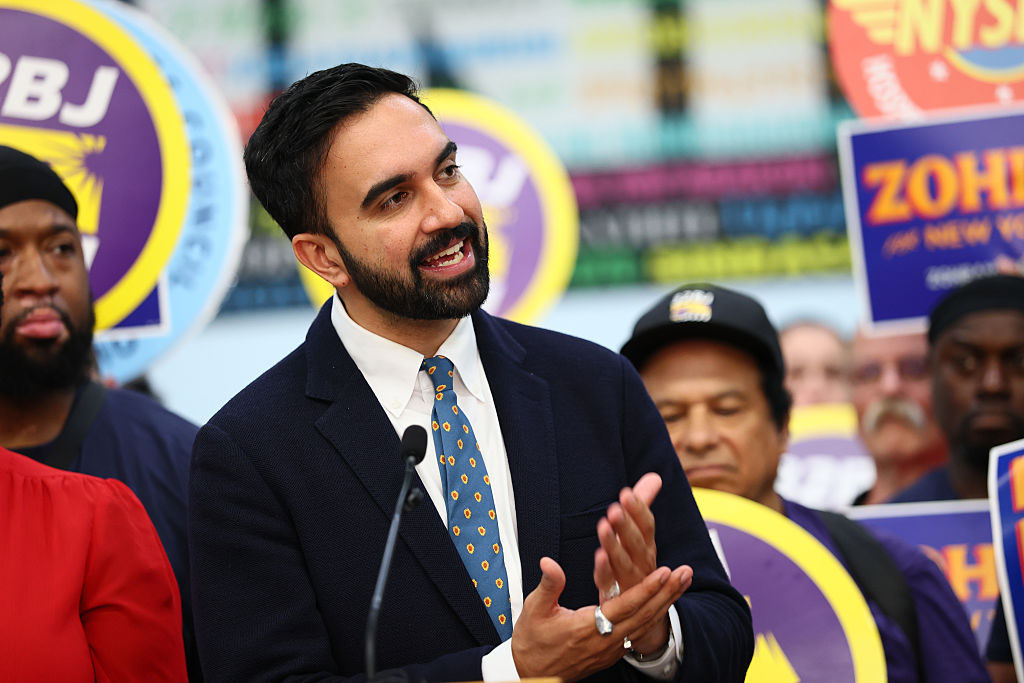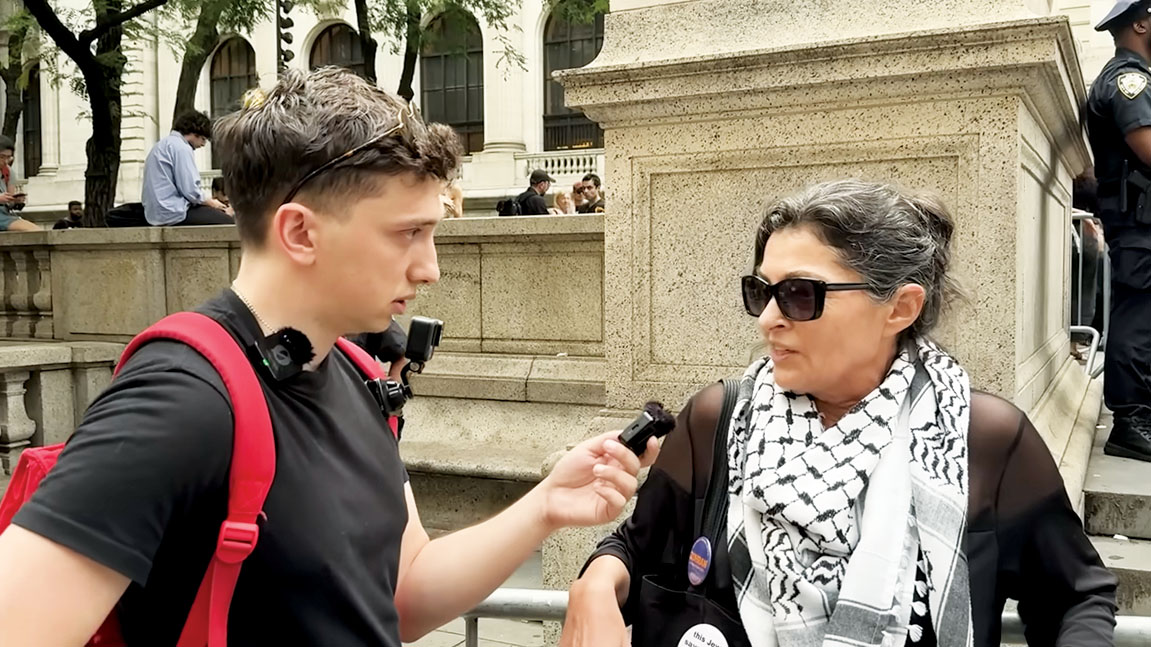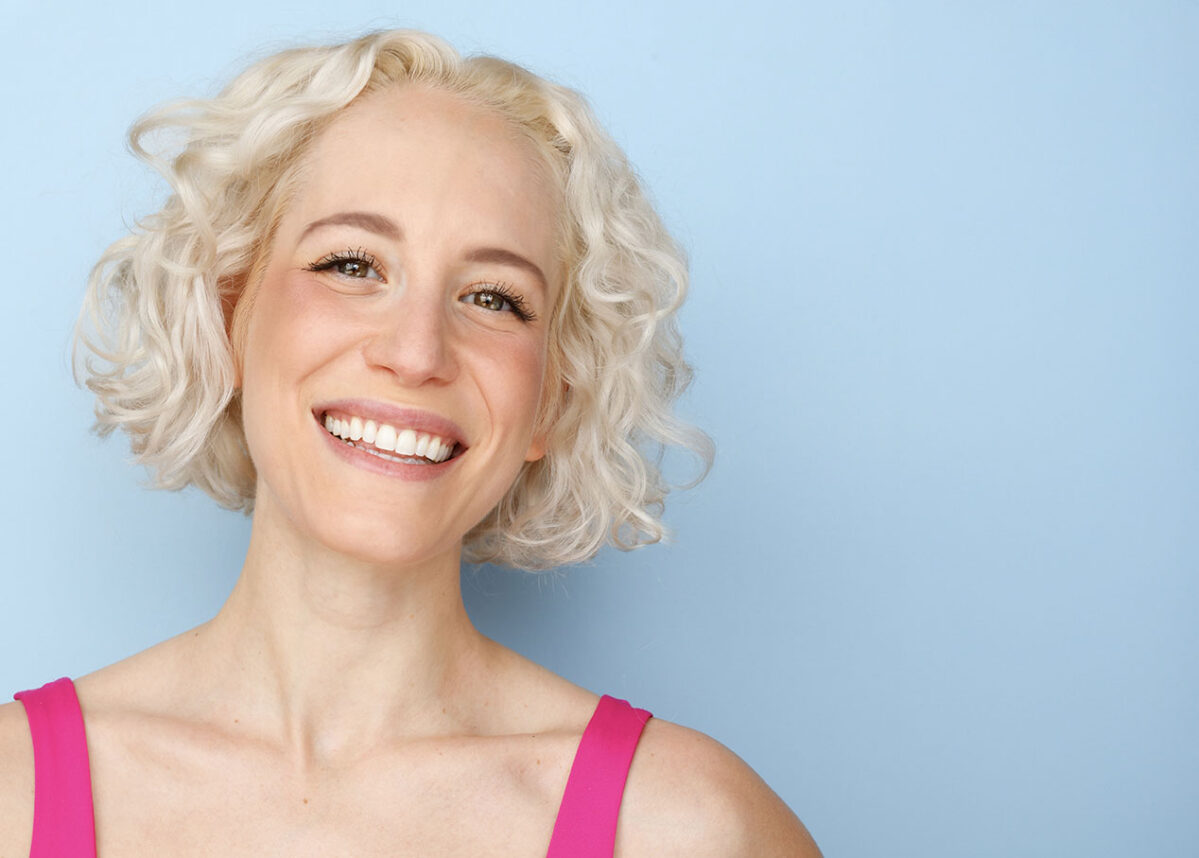It’s not unusual for elementary school students at Sinai Akiba Academy to walk into class and be greeted with the following message: “Dear scientists, today we’re going to look at our mealworms under the microscopes.”
The idea is that by identifying kids as writers, readers and scientists, they actually take on that role. It’s part of a classroom philosophy called “Responsive Classroom” that has transformed the school in recent years, according to Shelley Lawrence, lower school director at Sinai Akiba.
The message greeting pupils at the private day school could easily come with an asterisk: “Made possible, in part, by public tax dollars.”
The Elementary and Secondary Education Act, which became known as No Child Left Behind, allows faith-based schools to receive services funded by federal dollars. Local Jewish education leaders said they tend to benefit most from its provisions for professional development and supplemental instruction for students in need of academic improvement in core curriculum areas.
A third item that allowed private schools to upgrade technology ended after last year. Some local schools used it to add iPads, SMART Boards and video cameras to their schools.
BJE: Builders of Jewish Education worked with 20 area Jewish day schools to secure more than $1 million worth of services through this law, said Miriam Prum Hess, BJE’s director for the Center for Excellence in Day School Education.
“Our goal has been to maximize and make sure that our schools can get the full amount of the funds. In the last four years, we have really been successful in doing that,” she said.
Public dollars for private schools?
“One of the provisions of the act was the equitable participation of kids regardless of what school they were in, whether they were in public school or private school,” Prum Hess explained. “The funding never goes directly to the private schools, but the services go to the students and the teachers in private schools.”
Here’s how it works.
The amount of assistance a school receives for professional development is based on a per capita allocation related to its student population. BJE pools those funds for its schools to offer workshops and other training that would be too expensive for any single day school to provide. Individual schools can do things on their own as well.
Things get more complicated when it comes to improving academic achievement. Funds for the added assistance are generated based on the number of students whose families and home public school districts are below certain poverty levels. Those pupils who actually receive the services must live within the boundaries of a poor school and test at a certain level to determine eligibility, Prum Hess said.
Officials at Los Angeles Unified School District, which handles the money for any services rendered — as well as the educators for much of the supplemental instruction — said the value in these two areas is about $12 million for all of the private schools, Jewish and non-Jewish, with which it works.
Erica Rothblum, head of school at Beth Hillel Day School in Valley Village, said she considers the help in professional development to be “one of the most instrumental things that has impacted our school.”
Instead of having to send teachers to the East Coast to learn about Responsive Classrooms at a cost of $700 each, she was able to have all of her instructors attend training sessions here through BJE. And the school also has been able to adopt Singapore Math, which requires a heavy dose of professional development.
After three years in the new math program, the results have been tangible. “Our test scores in terms of math are very high,” Rothblum said. “With the sixth-graders, they’re all placing in the highest math classes. … They’re very well prepared for middle school.”
At Sinai Akiba, Responsive Classrooms, in which kids also gather for morning meetings to start the day, has had a similar effect.
“It’s had a profound impact on our school in the way we look at children and the way that we teach children and talk to children,” Lawrence said. “Without that funding, we would never have been able to get that type of teacher training.”
Administrators at both schools said they had fewer than 10 students who qualified for the academic help and counseling last year.
One catch to all of this is that the funds cannot be used to provide services related to Judaism. The teaching of Hebrew is permitted because it is a foreign language, Prum Hess said.
That’s important, according to Eugene Volokh, a professor of First Amendment law at the UCLA School of Law.
“There have got to be assurances that it’s not going to be used for religious purposes,” he said.
As for the issue of tax dollars making their way to private schools, Rothblum said it’s simply a matter of money following the child.
Prum Hess went further, stating that while the parents of students at Jewish day schools are making a choice to leave the public system, in many ways they may be sacrificing tremendously financially to pursue an education grounded in the values of the Jewish community.
“Forty-six percent of kids in day school are on financial aid, and it’s really important to recognize that not all kids in Jewish day school come from wealthy families,” Prum Hess said. “It is called No Child Left Behind — regardless of what school is best for that child. The ultimate goal is helping the child attend the school that best suits their need.”
One LAUSD official agreed that the point is to work together to raise the overall level of education and that these provisions and services benefiting Jewish day school students help with that.
“They’re all students in our community,” said Vivian Ekchian, chief human resources officer for the district. “It’s in the best interest of our state to elevate education [to] the highest level, regardless of where they are getting instruction. We do not compete with schools. We all have one goal, which is to deliver the best instruction possible for the youth in our state.”

































 More news and opinions than at a Shabbat dinner, right in your inbox.
More news and opinions than at a Shabbat dinner, right in your inbox.